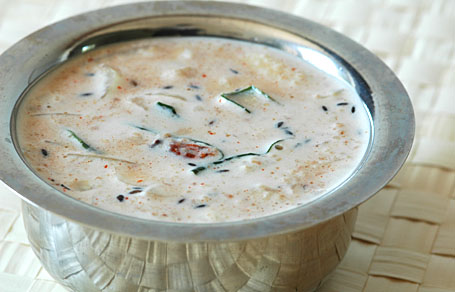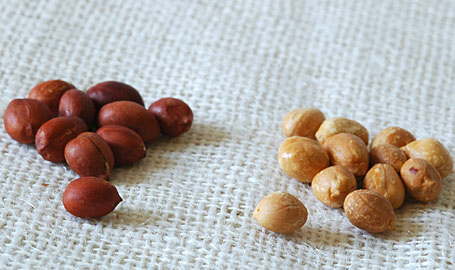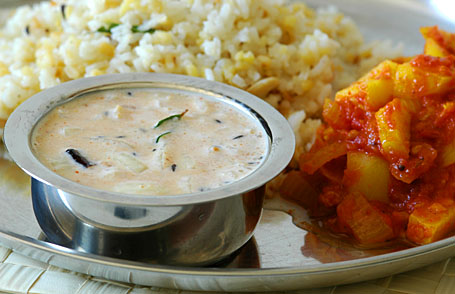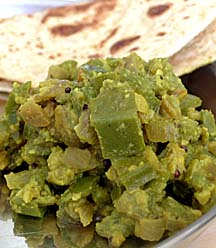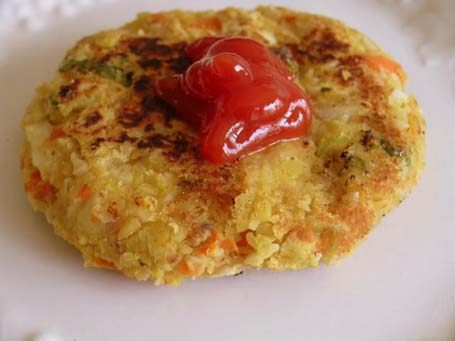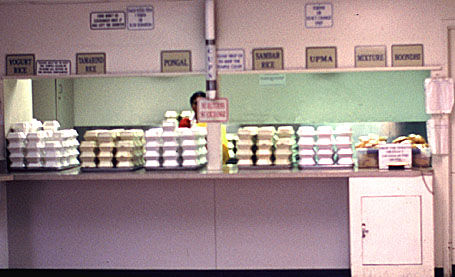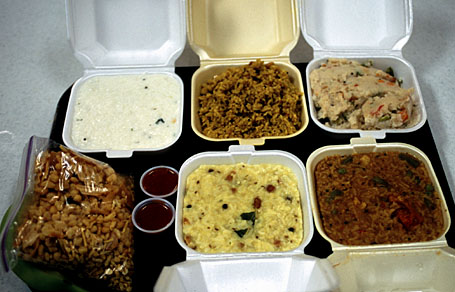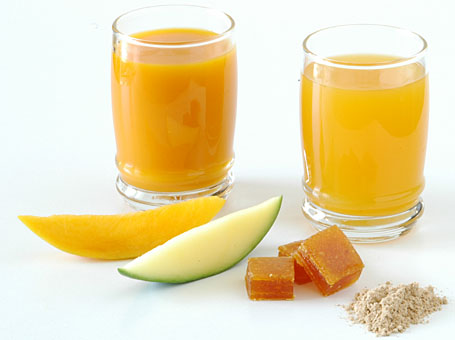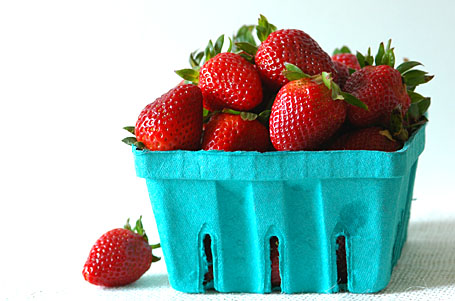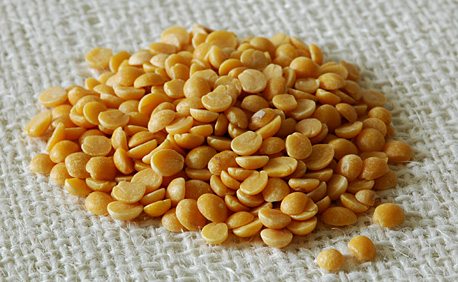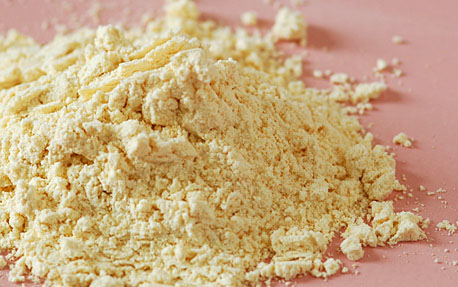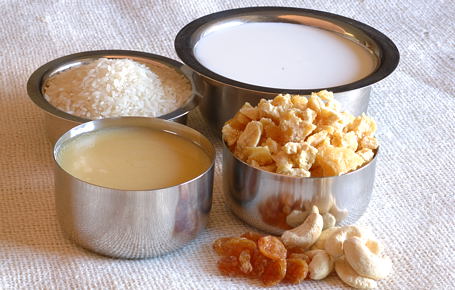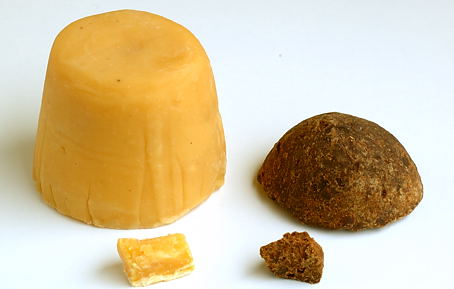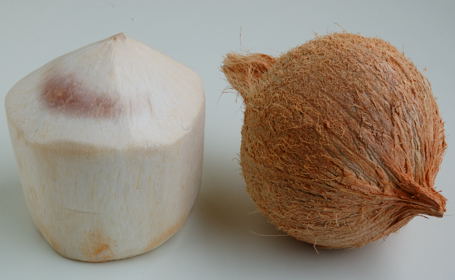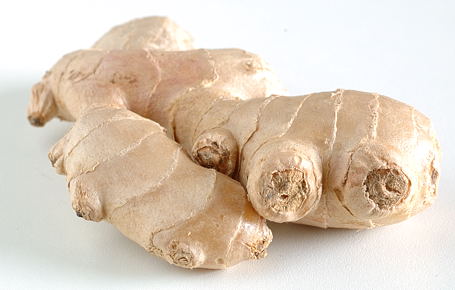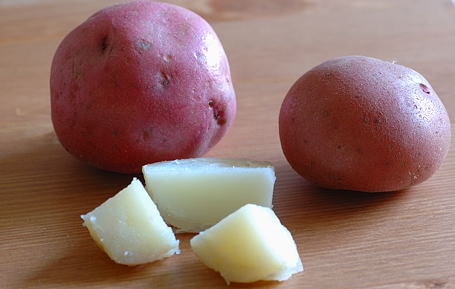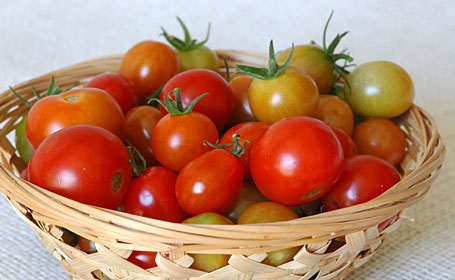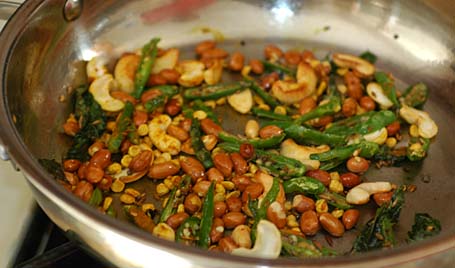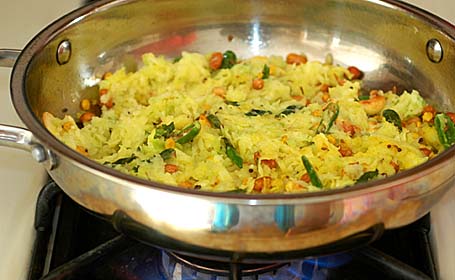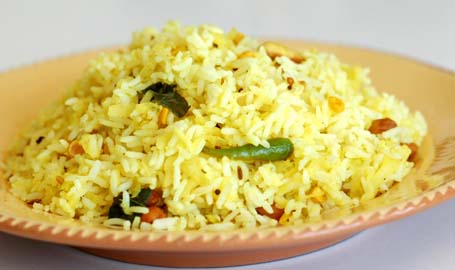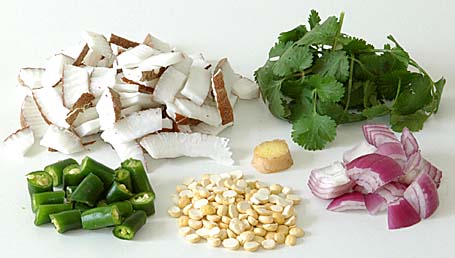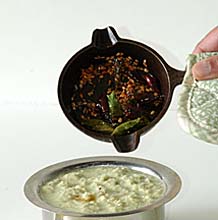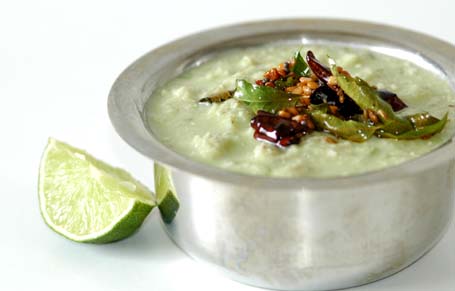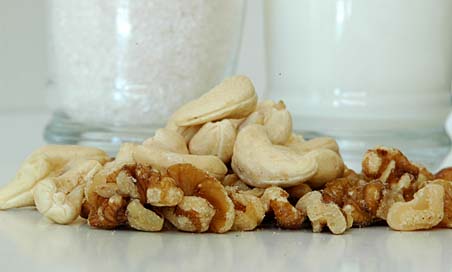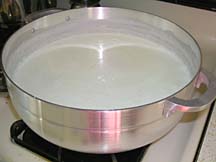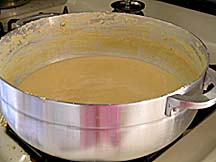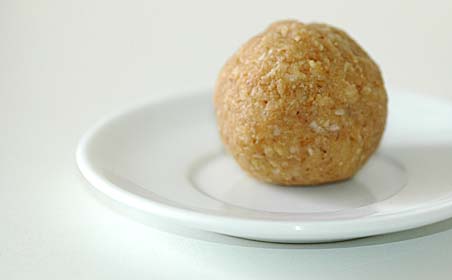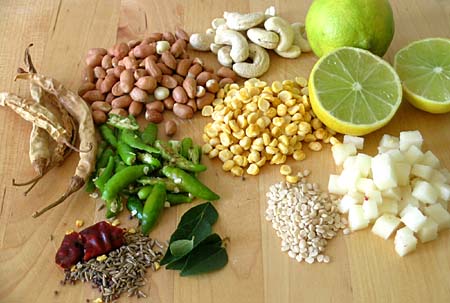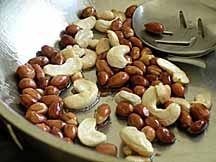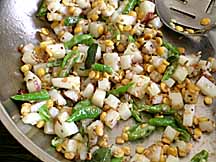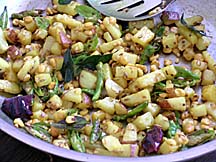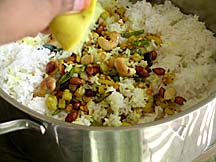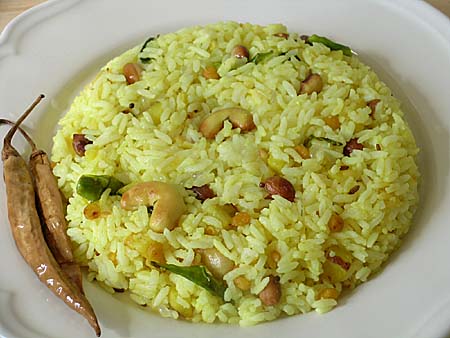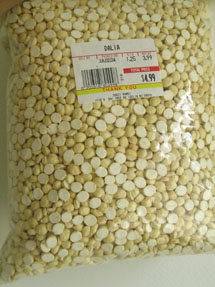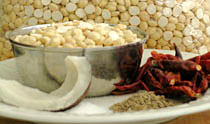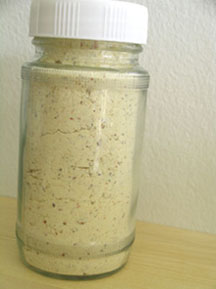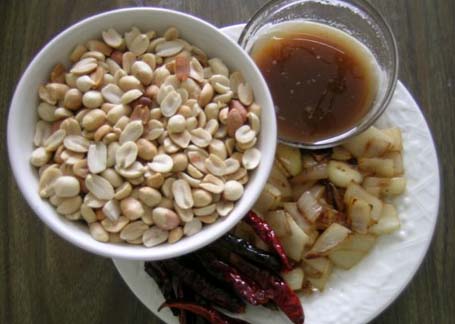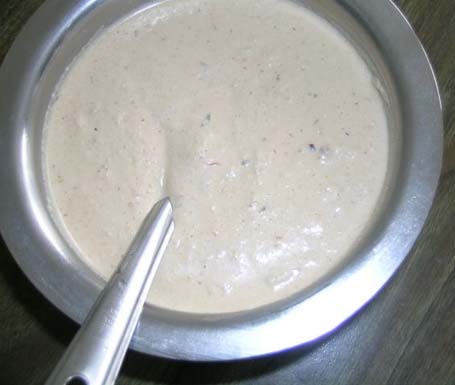Mahanandi’s Food Blog List is a comprehensive listing of food blogs practicing Indian (Bharath) Cuisine. Hailing from all parts of the world and from across the country, Indian food blogs provide a valuable resource and a traditional alternative to “always, all things, all-purpose flour” corporate promoted cooking.
To search for recipes and food traditons of individual homes:
amla:
- A Cook @ Heart
- A Delicious Treat
- A Goan’s Kitchen
- A Life (Time) of Cooking by Vegeyum
- A Mad Tea party by Anita
- A Pinch of This & A Dash of That
- A Whirl of Aromas: A Peek into My Kitchen
- Aahaar Vihaar
- Aayi’s Recipes by Shilpa
- Add Flavor
- Adhi Potoba: Food from Pune
- Ahaar by Mandira
- Akshayapaatram by Priya
- AkshayaPatra by Chandrika
- All Things Yummy
- Amma Cheppindi
- Amma’s Special
- Ammalu’s Kitchen
- Ammupatti’s thoughts: From Kerala, India
- Andhra Chef
- Anna Parabrahma : Koli Style Cuisine from India
- Anthony’s Kitchen
- Archana’s Culinary Adventures
- Archana’s Kitchen
- Archy’s Recipe Box
- Aromas of My Food
- Athika’s Curry House
Besan:
- Beyond the Usual: Man does not live by bread alone
- Bhakshanam
- Bong Mom’s Cookbook : A bong, A mom and A cook
channa:
- Chai Pani: Mostly Indian. Always Vegetarian.
- Chatpat Food:
- Chutki Bhar pyar
- Coconut Chutney
- Cookerific
- Cook Food, Serve Love: The best way to win one’s heart
- Cook Spot
- Cooking Adventures: Experimenting with ideas, playing with ingredients
- Cooking 4 All Seasons
- Cooking in Calcutta
- Cooking with Kurma by Kurma, Iskcon
- Cooking in Westchester
- Cooks Hideout
- Cooking Made Easy
- Cooking Medley
- Cooking Pleasures
- Culinary Chemistry: Experiments in Cooking
- Curry Bazaar: Eat to Live or Live to Eat
- Curry In Kadai
dahi:
- DK Culinary Bazaar
- Daily Meals
- Daily Musings: For the Joy of Cooking and Pleasure of Gardening
- Dalitoy
- Deepa’s Tamilnadu Cuisine
- Deepa’s Kitchen
- Delectable Delights
- Delices du Kerala etc…
- Delicious Food
Elaichi:
- Earthly Concoctions
- Eat Well, Live Well
- Eggless Cooking by Madhu
- Elaichi et Cetera…by Pelicano
- Enjoy Indian Food
- En Iniya Ninaivugal
- En Samayal Arai
- En Samayal Pakkam
- En Veetu Samayal
- Escapades: Getaways of the culinary kind
- Essence of Andhra by Uma
- Essence of Kerala Cuisine: A One Stop Portal For Kerala Cuisine and Recipes
Fenugreek:
- Fitful Culinaria
- Flavors of Indian Rasoi
- Foodie Confidential
- Food for Body, Mind and Soul
- Food For Thought
- Food In The Main
- Food-n-More
- Food Newbie: Easy and joyful cooking
- Food Travails by Priya
- From Godzown
- From My Kitchen to Yours
- Full Tummy
- Fusion
- Fusion Food
Gobi:
- Gastronome By Choice
- Garam Masala: Passionate about indian cuisine
- Ghar Ka Khana
- Ginger and Mango
- Gluttony Is No Sin
- Gopium
- Green Green Chutney
- Global Vegan
Haldi:
- Happy Burp
- Hari Nayak Blog by Chef Hari Nayak
- Healthy Home Cooking
- Healthy N Spicy
- Healthy Recipes for Diabetes by Sharada, Pondicherry
- Holy Cow! by Vaishali
- Home Cook’s Recipes
- Hyderabadi-Kitchen: South Indian- Hyderabadi style
Imli:
- I cook I post
- IBCA
- Indi Mom
- In Love with Food
- Indian Curry
- Indian Food Rocks
- Indian Kadai: Manju Bansal from Chandigarh, India
- Indian Potpourri
- Indian Thali
- Indian Wok
- Itly Pongal Vadai Sambar
Jihva:
- Jihva for Mangoes
- Jihva for Strawberries
- Jihva for Dals (Lentils)
- Jihva for Milk
- Jihva for Ghee
- Jihva: Special Edition~Diwali Treats 06, at Vee’s
- Jihva for Jaggery
- Jihva for Coconut
- Jihva for Ginger
- Jihva for Potatoes
- Jihva for Tomatoes
- Jihva for Green Leafy Vegetables
- Jihva for Jackfruit
- Jihva for Eggplant/Brinjal
- Jihva for Chillies (Mirchi)
- Jihva for Rice
- Jihva for Banana
- Jihva for Festival Sweets -07, at Vee’s
- Jihva for Toor Dal
- Jihva for Chocolate
- Jihva for Onions
- Jihva for Lemons/Limes
Kandipappu:
- Kadchhi Ke Kamaal
- Kadumanga
- Kajal
- Kamala’s Corner
- Kerala Kitchen
- Kerala Recipes
- Kitchen Aromas
- Kitchen Queen
- Kitchen Wonders
- Kitchenmate
- Knorr Soups
- Kodalis Kitchen
- Konkan World
- Kovai-Samayal
- Krishna & Arjuna
Lavanga:
- Leafy Cooking
- Letzcook: Mostly South Indian
- Lima Beans & Delhi Chaat
- Live to Eat
- Lulu Loves London
- Luv Bites
Mirchi, Miriyam:
- Maa Inti Vanta
- Magic Kitchen
- Mahek’s Kitchen: From Maharashtra, India
- Malabar Ruchi
- Malabar Spices
- Madhu’s Vantalu
- Manpasand
- Maria’s Menu: Perfect Menu
- Married To a Desi
- Masala Box
- Masala Magic
- Meera’s Kitchen
- Memories n’ Meals: Mainly Dishes from Andhra & Kerala
- Menu Today
- Mishmash
- Mom’s Kitchen – Andhra Recipes
- Musical’s Kitchen
- My Cook Book
- My Cuisine: From Hyderabad
- My Creative Ideas
- My Dhaba
- My Foodcourt
- My Khazana of Recipes
- My Kitchen Treasures
- Myriad Tastes
- My Chow Chow Bhath
- My Recipe Book
- My Pleasure & My Treasure
- My Samayal
- Mysoorean
- My Experiments with Food
- My Work Shop
Neyyi:
- Nalapaka
- Naughty Curry
- Nalini’s Kitchen
- Neivedyam: Innovations in cooking!
- Nila’s World
- Noruku theeni
- Nourishing Indian Food
Omu:
Pudina:
- Paajaka
- A Tribute to Pedatha By Jigyasa and Pratibha
- Past, Present & Me
- Peppermill
- Possiblities
- Prabha-Cookbook: South Indian (Andhra)
- Priya’s Kitchen
- Priti’s Kitchen – Fun, Positive and Energetic
- PuSiVa’s Culinary Studio
Quinoa:
Rava:
- Radhi’s Kitchen
- Rak’s Kitchen
- RasagavaLa by Alamelu
- Recipe Center
- Recipe Central
- Recipe Junction: Imaginations at Work
- Recipes N More by Deepa
- Red Carnation
- Route 79
- Ruchi
- Ruchi Chuchu: A Pinch of this, A Smidgen of that
- RCI: Andhra Cuisine
- RCI: Festival Sweets
- RCI: Karnataka Cuisine
- RCI: Maharashtra Cuisine
- RCI: Oriya Cuisine
- RCI: Punjabi Cuisine
- RCI: Tamil Cuisine
Sarson:
- Saffron Hut
- Saffron Trail
- Sailu’s Food
- Salt and Pepper
- Samaithu Paarkalaam
- Secret of Taste
- Simple and Delicious
- Simply Spicy
- Sizzling Kitchen: My Culinary Experiences!!
- Smita Serves You Right
- Smorgasbord
- Spice and Curry
- Spice and Rice
- Spice Corner
- Spiced for Life
- Spicy Tasty
- Sreelu’s Tasty Travels
- Spice Hut
- Spices of Kerala
- Spices n Flavours
- Spicy Andhra
- Spicy Chilly
- Spicyana
- Sugar and Spice
- Sunita’s World
- Swad
- Sweet & Spice
Thengai:
- Talimpu:True Taste Begins Here
- Tangerine’s Kitchen Hangout!
- Taste Corner
- Tasty Palettes by Suganya
- Thanu’s Kitchen
- Thats Y Food: Predominantly Tamilnadu Cuisine
- The Big Bite by Anjali
- The Bubbling Cauldron
- The Budding Cook
- The Clothed Cook
- The Cooks Cottage by Jyotsna
- The Food, The Fad and The Faffer by Mamatha
- The Green Jackfruit by Mika
- The Painted Chef
- The Singing Chef
- The Spice is Right
- The Spice Who Loved Me by Trupti
- The Tiffin Room
- The Tryout Cook by Anita
- The Yum Blog
- Towards A Better Tomorrow by Kay
- Trail and Error by Nabeela
Venna:
- Vegetarian Concoctions
- Veggie Cuisine
- VeggiePlatter
- Vindu by Mythili
- Vineela’s Kitchen by Vineela
- Virundhu by Mathy Kandasamy
- Visit My Kitchen by Soumya
- Vistari ~ My Telugu Blog
- Vyanjanaa
Wada:
- Web Samayal: Less Labour,full of Flavour
- Welcome to My Kitchen Treats
- When My Soup Came Alive
Yelumichai:
- Yum Yum Mum Mum: MumMum – Food
